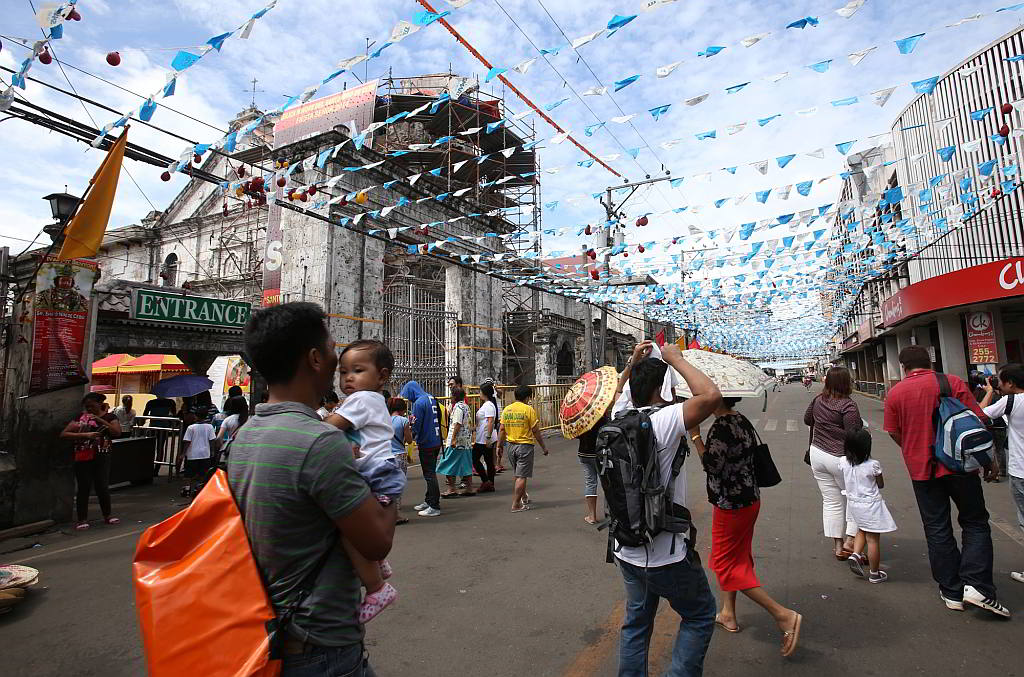Abarangay official and a traffic management chief expressed reservations over a proposed ordinance barring vehicles from passing through a portion of Osmeña Boulevard located beside the Basilica Minore del Sto. Niño Church.
In yesterday’s Cebu City Council session, Rafael Yap, Cebu City Traffic Operations Management (Citom) executive director, said the planned ‘pedestrianization’ of the area requires a traffic impact assessment study.
Proponents of an ordinance that seeks to ‘pedestrianize’ the area also attended the session to argue for its passage.
But Yap said owners of nearby establishments should also be consulted on the “no car policy” if implemented.
Yap said Citom is incapable of conducting the traffic impact assessment study.
“This (pedestrianization) will have many ramifications to the city and is not properly planned,” the Citom official said.
During the session Fr. Jonas Mejares OSA, rector of the Basilica Minore del Sto. Niño, asked the council to pass the ordinance, saying it “will go a long way” to explaining Cebu City’s culture and heritage to succeeding generations.
But Sto. Niño barangay chairman Pancho Ramirez proposed a temporary closure or ban of heavy vehicles in the area.
He said while traffic is manageable on Fridays due to the closure of a portion of Osmeña Boulevard to accommodate church goers, it’s a different story if the road closure becomes permanent since it may affect nearby roads.
The closure was aimed at preventing vibration and the presence of smoke discharged by vehicles that were found to have caused the continued deterioration of the 16th century Church.
Councilors Alvin Dizon and Margot Osmeña argued that pedestrianization is a common practice among European countries.
“It’s all a matter of explaining why the ordinance is needed. Change always comes with resistance but we just have to look at the better side on what better things may happen,” Osmeña said.
Java said pedestrianization proposals were made as early as 2005 when they were then doing rehabilitation works for the basilica under the supervision of the National Historical Commission of the Philippines (NHCP).
An inspection they conducted showed that coral stones on the basilica’s walls were already “fragmentized and powdering.”
Fr. Mejares said the church and countless devotees of the Sto. Niño “look forward to the council’s passage of the ordinance which he dubbed as an “urban-heritage” intervention to preserve the Basilica Minore del Sto. Niño.
“We need the Basilica for its being priceless and its value to us as a people and as a nation. And if we don’t preserve it, we will lose it because it is subject to physical and material deterioration,” he added.
